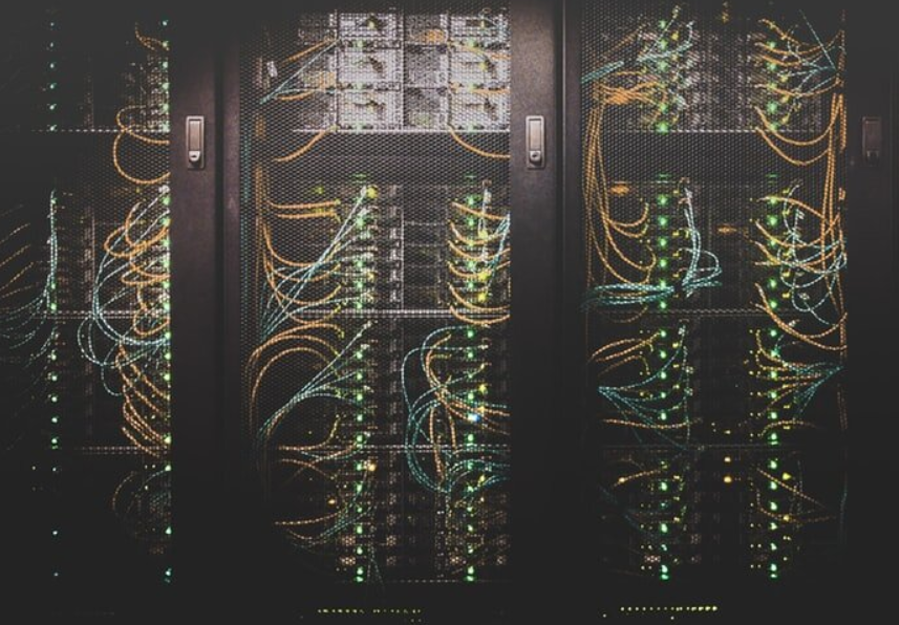
by Editor | Apr 5, 2020 | News
Learning algorithms, which are becoming an increasingly ubiquitous part of our lives, do precisely what they are designed to do: find patterns in the data they are given. The problem, however, is that even if patterns in the data were to lead to very accurate predictions, the processes by which the data is collected, relevant variables are defined, and hypotheses are formulated may depend on structural unfairness found in our society. Algorithms based on such data may well serve to introduce or perpetuate a variety of discriminatory biases, and thereby maintain the cycle of injustice.
For instance, it is well known that statistical models predict recidivism at higher rates among certain minorities in the United States [1]. To what extent are these predictions discriminatory? What is a sensible framework for thinking about these issues? A growing community of experts with a variety of perspectives is now addressing issues like this, in part by defining and analyzing data science problems through the lens of fairness and transparency, and proposing ways to mitigate harmful effects of algorithmic bias [2-7].
Adjusting for biases in data for the purposes of learning and inference is a well-studied issue in statistics. Take, for example, the perennial problem of missing data when trying to analyze polls. If we wish to determine who will win in a presidential election, we could ask a subset of people for whom they will vote, and try to extrapolate these findings to the general population. The difficulty arises, however, when one group of a candidate’s supporters are systematically underrepresented in polls (perhaps because those supporters are less likely to trust mainstream polling). This creates what is known as selection bias in the data available from the poll. If not carefully addressed in statistical analysis, selection bias may easily yield misleading inferences about the voting patterns of the general population. Common methods for adjustment for systematically missing data include imputation methods and weighting methods. Imputation aims to learn a model that can correctly predict missing entries, even if missing due to complex patterns, and then “fill in” those entries using the model. Weighting aims to find a weight that quantifies how “typical’’ a fully observed element in the data is, and then use these weights to adjust parts of the data that are fully observed to more closely approximate the true underlying population.
Alternatively, causal inference problems occur when we want to use data to guide decision-making. For example, should we eat less fat or fewer carbohydrates? Should we cut or raise taxes? Should we give a particular type of medication to a particular type of patient? Answering questions of this type introduces analytic challenges not present in outcome prediction tasks. Consider the problem of using data collected using electronic health records to determine which medications to assign to which patients. The difficulty is that medications within the hospital are assigned with the aim of maximizing patient welfare. In particular, patients who are sicker are more likely to get certain types of medication, and sicker patients are also more likely to develop adverse health outcomes or even die. In other words, an observed correlation between receiving a particular type of medication and an adverse health event may be due to the poor choice of medication, or it may be due to a spurious correlation due to underlying health status. These sorts of correlations are so common in data, that they led to a common refrain in statistics: correlation does not imply causation.
The original article can be found here.
Regarding to AI and Causality, AI World Society (AIWS.net) has created a new section on Modern Causal Inference in 2020. This section will be led by Professor Judea Pearl who is one of the pioneers to mathematize causal modeling in the empirical sciences. Professor Judea’s work will contribute to Causal Inference for AI transparency, which is one of important AIWS topics to identify, publish and promote principles for the virtuous application of AI in different domains including healthcare, education, transportation, national security, and other areas.

by Editor | Mar 29, 2020 | News
Professor Judea Pearl is the father of “Causal Revolution”, a breakthrough in AI to help machine learning can answer question “Why?” and solve problem automating human-level intelligence (sometimes called “strong AI”).

The Boston Global Forum and Michael Dukakis Institute honored him as 2020 World Leader in AIWS.
We introduce sophisticated ideas of Professor Judea Pearl:
“Current machine learning systems operate, almost exclusively, in a statistical, or model-free mode, which entails severe theoretical limits on their power and performance. Such systems cannot reason about interventions and retrospection and, therefore, cannot serve as the basis for strong AI. To achieve human level intelligence, learning machines need the guidance of a model of reality, similar to the ones used in causal inference tasks. To demonstrate the essential role of such models, I will present a summary of seven tasks which are beyond reach of current machine learning systems and which have been accomplished.
I believe that causal reasoning is essential for machines to communicate with us in our own language about policies, experiments, explanations, theories, regret, responsibility, free will, and obligations—and, eventually, to make their own moral decisions.”
Professor Judea Pearl received the Turing Award in 2012 with Causal Inference Model, to support and help machine learning can answer question “Why”.
Yoshua Bengio received the Turing Award in March 2019, and wrote an article on Wired August 2019, to show his interest to build Algorithms to Understand the “Why”.

by Editor | Mar 29, 2020 | News
When Michael Dukakis Institute set up AI World Society Innovation Network in December 2019 at Loeb House, Harvard University, we would like to use domain name AIWS.net, but at that time, this domain name was already bought and owned by one party, but they do not use it. So, we had to use domain name AIWS.world. After launching on December 12, 2019, AIWS attracted many distinguished thinkers, and world leaders. In February, 2020, AIWS Innovation Network become platform for United Nations Centennial 2045 project. With its position, domain name AIWS.net became a very good domain, and very meaningful with name of the Network, so we negotiated to buy the domain name, and successfully on March 16. From March 17, 2020, people can access AIWS Innovation Network at the domain name AIWS.net. AIWS.net is also the short name of AIWS Innovation Network.

On March 10, 2020, Mr. Nguyen Anh Tuan and professor Judea Pearl, Mentor of AIWS.net, met and discussed at office of Professor Pearl at UCLA, Mr. Tuan and professor Pearl liked idea “For a better world with AI”, and use it as slogan of AIWS.net.
With the new domain name, leaders of AIWS.net like to design a new logo for AIWS.net. From March 26, 2020, AIWS.net appeared with its new logo.
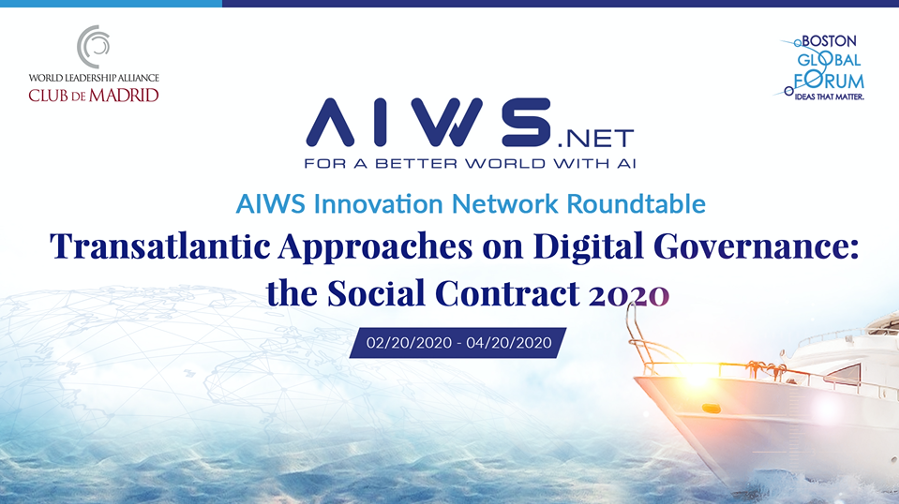
by Editor | Mar 29, 2020 | Event Updates
Standards which are introduced in the Social Contract 2020 received support from Japanese politicians on AIWS.net Roundtable. Japanese leaders enthusiastically joined the events of the Boston Global Forum from 2015. In an exciting discussion of Japanese politicians, Ambassador Ichiro Fujisaki, former Japanese Ambassador to the United States, current distinguished professor and Chairman for International Strategies of Sophia University, President of Nakasone Peace Institute, and President of the America-Japan Society, sees this is an important endeavor. He links to Covid-19 pandemic, and raised two points that need to solve:
- If the country in question, in this case China, is not admitting its responsibility, who can identify which country should be responsible?
- Also, if an international organization, in this case WHO, is not reliable and seemingly pressurized by a power, in this case China, how shall we feel with such a situation?
AIWS.net Roundtable will invite distinguished thinkers and world leaders to dialogue with Ambassador Ichiro Fujisaki on these two questions.
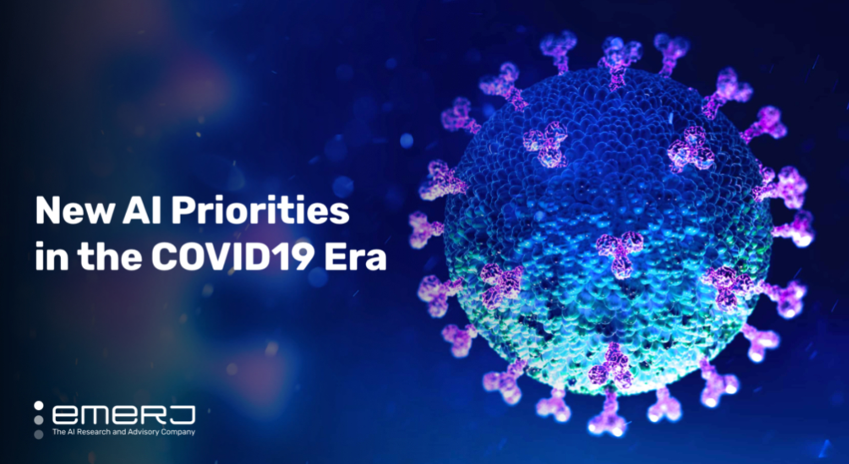
by Editor | Mar 29, 2020 | News
The COVID19 outbreak has changed the world faster than anyone could have imagined.
Forced isolation has shifted meetings and activities to go on through web collaboration tools.
Arguably most importantly, the virus has ground the entire economy to a halt. For some industries (travel, retail, food services, fitness), unemployment is already rampant, and for more remote-friendly industries (tech, media), work may go on, but sales are slowed or frozen, and receivables less likely to convert to revenue than ever.
The downsides of the virus are easy to see – but business and public sector leaders are forced to think about the silver lining. Not just how they can survive this downturn, but how they can emerge stronger and more resilient from the rubble.
Some firms will say that they just don’t have any time to think about technology strategy.
In the next two weeks, that may be true. But over the coming month, differences in technology focus will come to define the future of entire industries, and will separate the relevant from the irrelevant.
- Innovation and strategy leaders who can communicate with company leadership and use new data and perspective to drive new initiatives will find a way forward through the crisis.
- Consultants who can actively inform their clients about smart technology and AI use-cases in this crisis will be able to stay relevant.
- Companies who slowly get back to the same “business as usual” will be outmatched by firms who have found new ways to drive efficiencies and new ways to serve customers (i.e. by firms who have taken this crisis as an opportunity for vital strategic change).
The original article can be found here.
To support and develop AI applications for world society matters, Artificial Intelligence World Society Innovation Network (AIWS.net) created AIWS Young Leaders program including Young Leaders and Experts from Australia, Austria, Belgium, Britain, Canada, Denmark, Estonia, France, Finland, Germany, Greece, India, Italy, Japan, Latvia, Netherlands, New Zealand, Norway, Poland, Portugal, Russia, Spain, Sweden, Switzerland, United States, and Vietnam.

by Editor | Mar 29, 2020 | News
Customer service agents benefit from real-time and historical sentiment analysis that takes the guesswork out of reading emotions — especially on phone calls or text-based digital interactions. This gives businesses the insight they need to deliver hyper-personalized experiences. In fact, AI-driven sentiment analysis data has a bevy of uses that elevate emotional intelligence among CX professionals.
For most companies, the process of measuring customer satisfaction occurs far too late in the journey. Traditional customer feedback surveys typically rate experiences after the fact, resulting in stale data that does not help agents in the moment. Proactive customer service requires real-time analysis for positive resolutions and more impactful connections.
Thanks to AI-driven natural language processing, machine learning and computational linguistics, customer service professionals can see accurate sentiment analysis data before their conversation even begins, promoting a service culture that emphasizes empathy and relationship-building.
The original article can be found here.
According to AI development and essential application to society, Michael Dukakis Institute for Leadership and Innovation (MDI) established the Artificial Intelligence World Society Innovation Network (AIWS.net) for the purpose of promoting ethical norms and practices in the development and use of AI in different areas, including customer service and health care support.
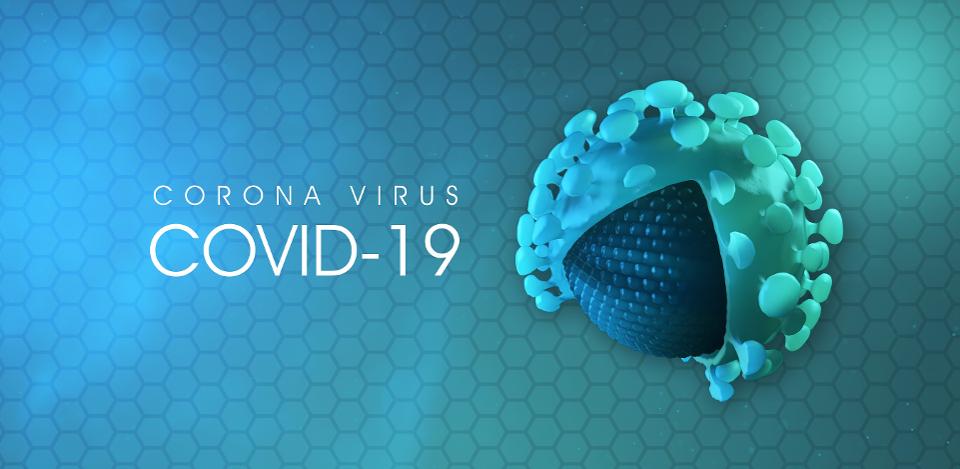
by Editor | Mar 22, 2020 | News
The deadly coronavirus, which first appeared in mainland China, has now spread across the world. The World Health Organization (WHO) has declared it a global pandemic and has reported more than 125,000 cases and 4,500 deaths as of March 12, 2020.
To lend perspective, confirmed cases have already exceeded the number of people infected during the 2002-2003 severe acute respiratory syndrome (SARS) outbreak. While the flu and coronavirus are often compared, coronavirus may be deadlier. On average, the seasonal flu strain kills about 0.1% of infected people. Early death rate estimates in the coronavirus outbreak’s epicenter in Wuhan, China, have been around 2%.
Here’s a look at a number of ways artificial intelligence (AI)-based technologies are being deployed in the fight against the outbreak.
Identifying Outbreaks and Quarantining
AI can predict the number of potential new cases by geography and which types of populations face the greatest risk. It can also help with the enhancement of optimization strategies. For example, machine learning—a subset of AI—has already been employed to research and optimize strategies for quarantine efforts among communities, cities and countries to limit the spread of the virus.
Diagnosis and the Search for A Cure
AI is also lending a hand in diagnosing coronavirus. Hospitals in China are using AI-based software to scan through CT images of patients’ lungs to look for signs of COVID-19, the infection caused by coronavirus.
However, the medical community has historically cultivated vaccines for comparable viruses, so using AI to look at patterns from similar viruses and detect the attributes that will help build a new vaccine gives scientists a higher probability of success than if they’d started creating one from scratch.
And while it doesn’t guarantee a cure, AI provides an important advantage: It helps scientists more quickly discover relationships among diseases and symptoms, drugs and their effect(s) and the patients who might respond to treatment—insights that, due to the sheer amount of biomedical data, could otherwise be missed in a race against time.
The original article can be found here.
To support and develop AI applications for world society matters, Artificial Intelligence World Society Innovation Network (AIWS.net) created AIWS Young Leaders program including Young Leaders and Experts from Australia, Austria, Belgium, Britain, Canada, Denmark, Estonia, France, Finland, Germany, Greece, India, Italy, Japan, Latvia, Netherlands, New Zealand, Norway, Poland, Portugal, Russia, Spain, Sweden, Switzerland, United States, and Vietnam.
by Editor | Mar 22, 2020 | News
An app that tracks where you have been and who you have crossed paths with—and then shares this personal data with other users in a privacy-preserving way—could help curb the spread of Covid-19, says Ramesh Raskar at the MIT Media Lab, who leads the team behind it. Called Private Kit: Safe Paths, the free and open-source app was developed by people at MIT and Harvard, as well as software engineers at companies such as Facebook and Uber, who worked on it in their free time.
How it works: Private Kit: Safe Paths gets around privacy concerns by sharing encrypted location data between phones in the network in such a way that it does not go through a central authority. This lets users see if they may have come in contact with someone carrying the coronavirus—if that person has shared that information—without knowing who it might be. A person using the app who tests positive can also choose to share location data with health officials, who can then make it public.
Raskar thinks that a fine-grained tracking approach, which would allow specific locations to be closed off and disinfected, is better than blanket shutdowns, which are socially and economically disruptive.
The original article can be found here.
Professor Alex Sandy Pentland, MIT, Co-founder of AIWS Innovation Network (AIWS.net), and Jeff Saviano, Member of AIWS.net, joined this MIT team. AIWS.net recommended a solution to help bring normalization to life and society based on this app.
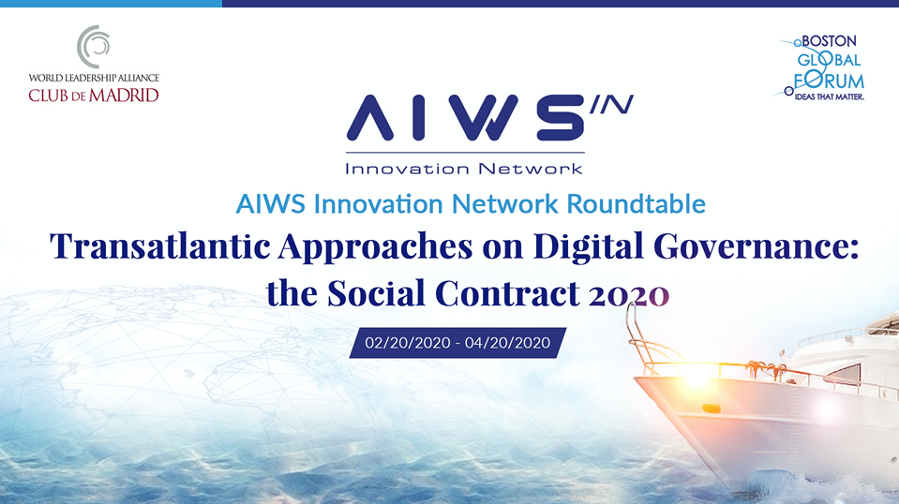
by Editor | Mar 22, 2020 | News
With the spread of COVID -19 growing both in Europe and the US, World Leadership Alliance-Club de Madrid (WLA-CdM) and the Boston Global Forum (BGF) decide to postpone the Boston Policy Lab – AIWS Summit to 16-18, September 2020.
While “Transatlantic Approaches on Digital Governance: A New Social Contract in Artificial Intelligence Age” was organized in Harvard and MIT offline, WLA-CdM and BGF will organize an online conference and continue to do AIWS Innovation Network (AIWS.net) Roundtable. The AIWS.net Roundtable attracts many distinguished thinkers and leaders to join and contribute ideas to build the Social Contract 2020 and United Nations 2045 project.
Postponed to September 16-18, there are more head of states and governments that can attend the event.
The Coronavirus outbreak risk reminds the world: to prevent peril, all governments have to create transparency, accountability, respect of freedom of expression of all citizens, and collaboration between governments.









